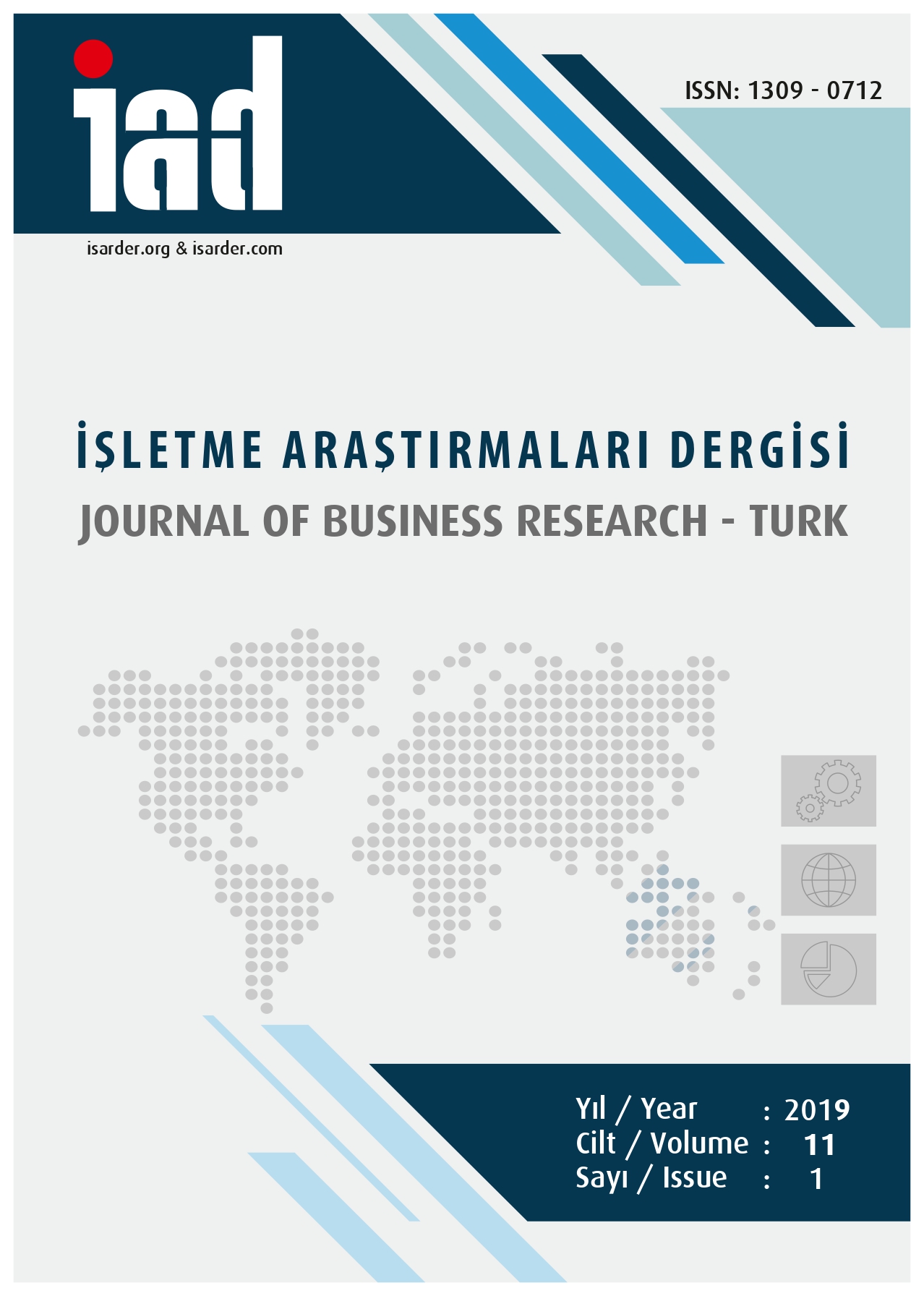Effect of Financial Structure Ratios on Profitability: Panel Data Analysis on Manufacturing Sector
Effect of Financial Structure Ratios on Profitability: Panel Data Analysis on Manufacturing Sector
Author(s): Zühal Arslan, Hakan ÖzçelikSubject(s): Business Economy / Management, Economic development, Transformation Period (1990 - 2010), Present Times (2010 - today), Financial Markets
Published by: Orhan Sağçolak
Keywords: Financial Structure; Panel Data Analysis Manufacturing Sector; Financial Leverage;
Summary/Abstract: Purpose – By increasing their profitability, businesses can achieve their goals such as economic growth, regularity and increasing their market value. Financial structure is one of the main factor that affecting profitability. The resource components used in the financing of assets, directly affect the sustainability of profitability. In profit planning, businesses need to take into account the resource components that they will use in asset financing. The development of studies on the impact of the equity and liability components that compose the financial structure on the profitability will contribute to the field of business administration. In this context, the aim of this study is to investigate the effect of financial structure on profitability. Design/methodology/approach – Within this scope, to measure the effect of financial structure rates on profitability, the regression model was tested by panel data analysis which developed as a result of the literature review. The tests were carried out in the Eviews 9 package program. The data obtained from the financial statements of 155 publicly- traded company in the İstanbul stock exchange ( BIST) Manufacturing Industry between 2008-2017 were used in the study. Findings – As a result of the analyzes, it was determined that the borrowing ratios affected the asset profitability as financial structure ratios, and this effect was positive in the long-term borrowing ratio and negative in the short-term borrowing ratio. Discussion – Findings obtained from the study; has great importance for investors, researchers and the top management of enterprises.
Journal: İşletme Araştırmaları Dergisi
- Issue Year: 11/2019
- Issue No: 1
- Page Range: 504-516
- Page Count: 13
- Language: English

